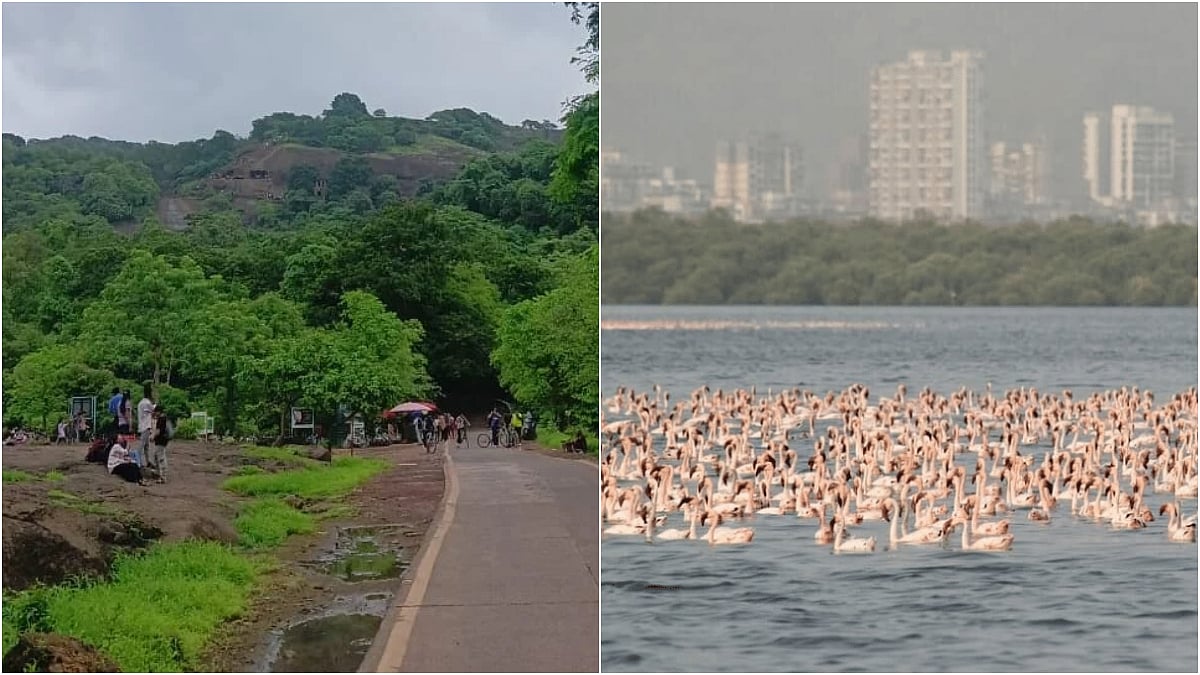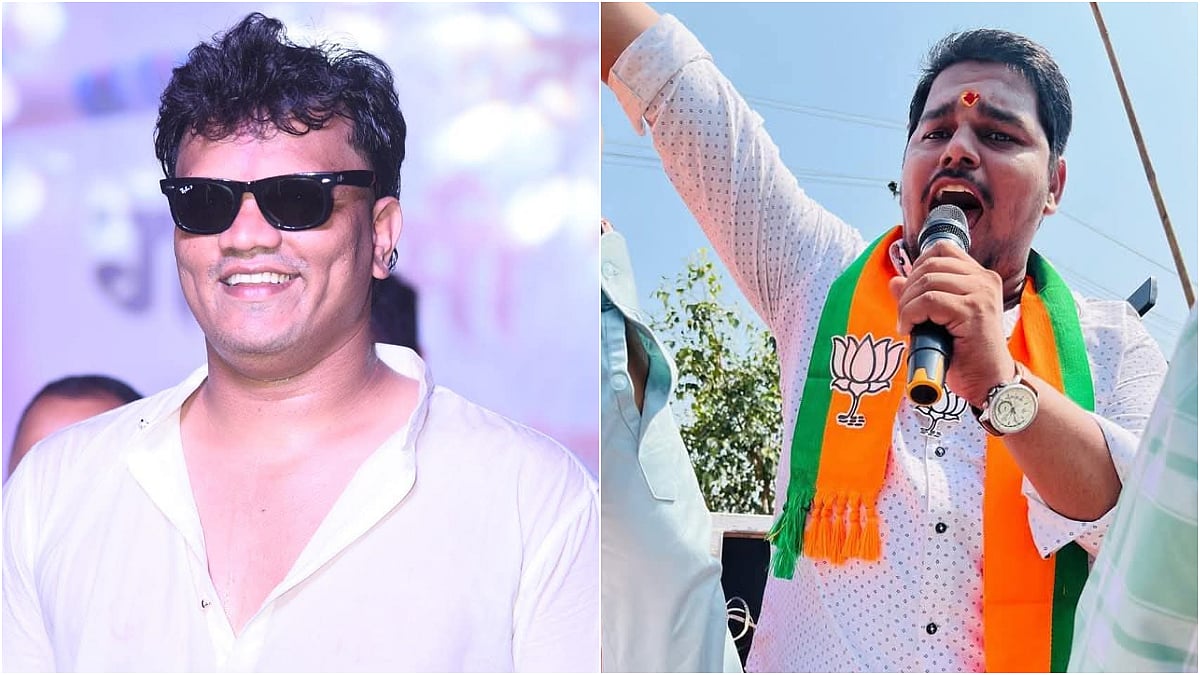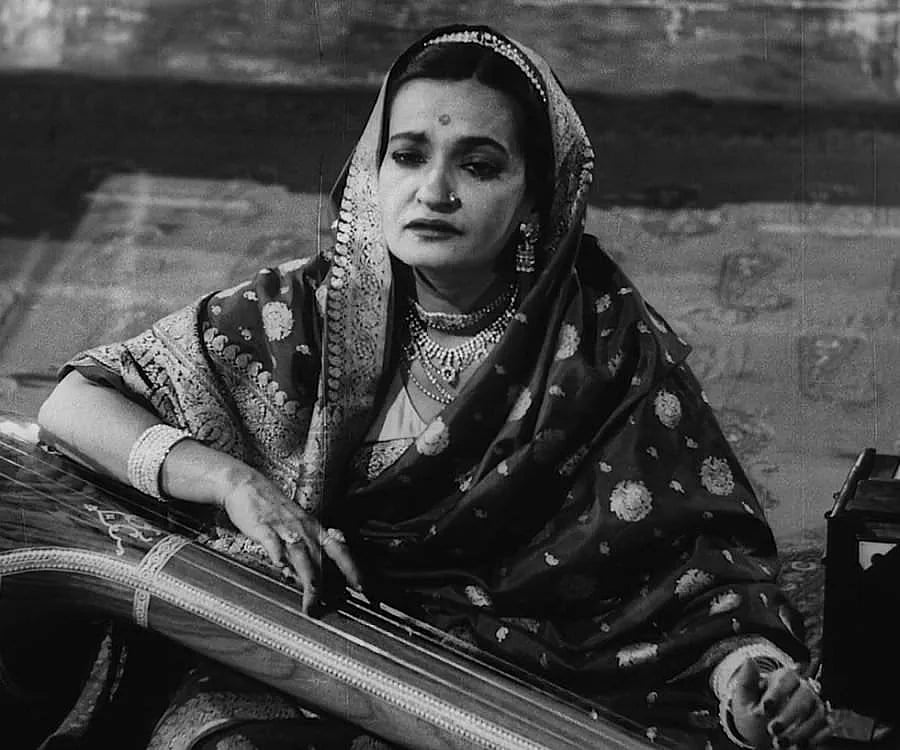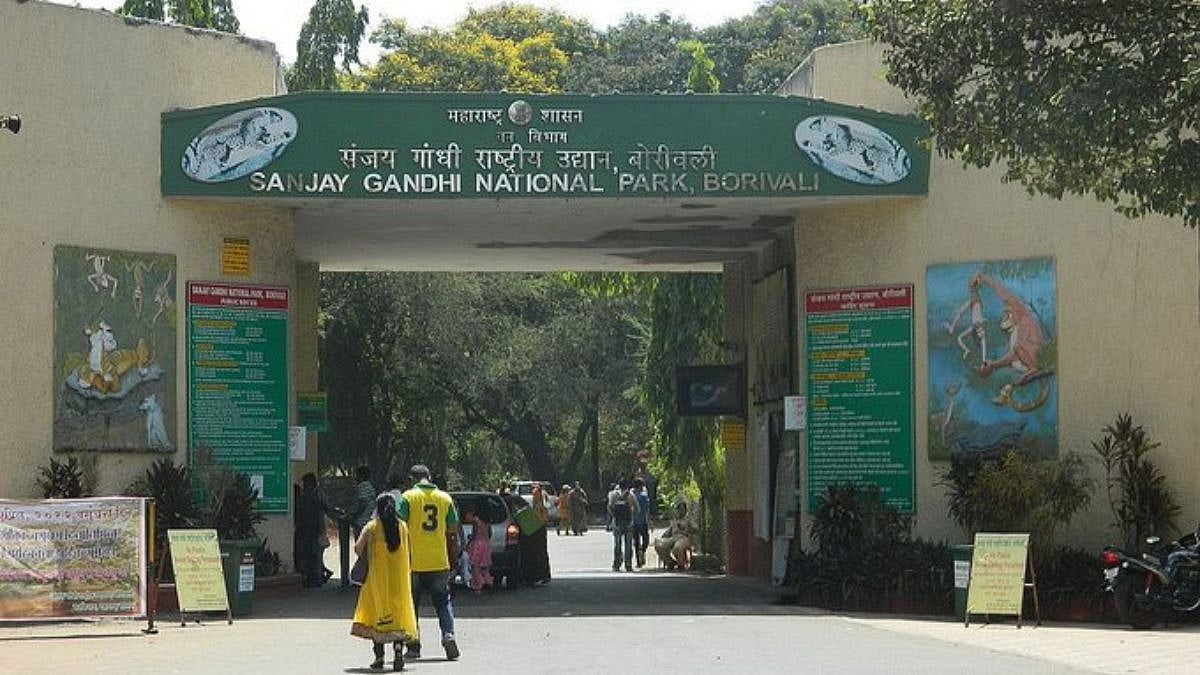The tussle between the judiciary and the government over the appointment of judges is like an ongoing FIFA match between Germany and Spain except the government pays the salaries of the referee and both linesmen who implement the rules while being indebted to their employer. The judiciary has iterated the government is willfully flouting the law by thwarting appointment of judges selected by its collegium. But the Supreme Court appears reluctant to issue contempt notice to the government while stating that increasing the number of judges will not speeden up disposing 72,062 cases in the Supreme Court and 59,45,709 cases in 25 high courts .
This is why Justices Sanjay Kishan Kaul, (the 51st putative CJI after Dhananjay Chandrachud demits office in 2024,) and Abhaya Oka who “took exception” to Law Minister Kiren Rijuju’s remark that the judiciary should not take upon itself the task of appointing judges, evoked umbrage with their remarks after he returned 24 files. “We will do it ourselves. No difficulty. This remark came from someone high up in the hierarchy. All we can say it should not have (come from him.)”
But like the French scoring their equaliser in the dying moments of its match against Tunisia, which the referee disallowed, the drafting committee led by Dr BR Ambedkar opposed veto power for the Chief Justice of India, allowing the President to have the final say in who should become a judge. Hence, from the Constituent Assembly debates it can be construed that the founding fathers were not in favour of a collegium system to appoint judges.
The fact that 16 out of 28 state assemblies approved the 99th Constitutional amendment, and the National Judicial Commission Act which received the assent of President Pranab Mukherjee on December 31, 2014, bolsters the government view that the judiciary cannot strike down the so-called “will of the people” . This is tantamount to telling the judiciary what it can or cannot do and can be construed as contempt of court. Lesser mortals might have gone to jail.
The wisdom of the founding fathers in buttressing the wall between the judiciary and the executive is highlighted in the case of rape survivor Bilkis Bano petitioning the top court against the release of the 11 men convicted of raping her and murdering her child and family. If the Supreme Court sends them back to jail, it will prove that our judges do not want to appease the Government.
The Government’s contention is that the Constitution is silent about appointment of top Constitutional functionaries like judges of High Courts and the Supreme Court — apart from the Chief Election Commissioner and the Election Commissioners — and that this is why it is the prerogative of the Government.
But the judiciary interprets the Constitution, filling in the gaps, which is what led to the collegium system of appointing judges being set up in 1993. The drafting committee of the Constitution chaired by Dr Ambedkar sat between August 29, 1947 and October 1947 with the first draft being ready for the Assembly on November 4, 1948, leaving insufficient time to fill in all the gaps in the draft. The draft Constitution was adopted only on November 26, 1949, two months before it came into force.
Although India is a Hindu-majority state, the caste system is at the core of Hinduism, making it incompatible with Constitutional values, which is why Ambedkar presciently declared that if (future) political parties placed religion above the nation, the country would lose its independence a second time. From the basic structure theory propounded in the Keshavananda Bharati case in 1973 to the first Public Interest Litigation innovated by Justice Krishna Iyer in 1979, and beyond, the judiciary is tasked with social engineering through forward-looking judges while the Government seeks to appoint its own judges who look forward to their own careers. If the judiciary allows the Government to appoint its own judges, it will be disastrous.
Every draft clause of the Constitution had its own marginal notes stating from which nation’s Constitution the draft article had been borrowed or whether it originated from the Government of India Act, 1935 which forms its substratum. Banal platitudes sanctifying our Constitution fool our people because the innumerable amendments have already changed its nature. The preamble and other parts of the Constitution have undergone a transmogrification after over 100 amendments to its text, so that what our founding fathers envisaged is not what we have today. Certain Hindutva groups have gone ahead and declared Bharat (India) to be a Hindu state after publishing their own “Hindu” Constitution where minorities have been deprived of their right to vote but allowed their right to live, educate themselves and carry on their livelihood. Dr Ambedkar was proved right.
When any government seeks to shackle the judiciary by appointing their own judges and Chief Election Commissioners, democracy turns into autocracy – if not a mobocracy. So, the Supreme Court’s lament that the Government is thwarting the appointment of judges, coupled with the fact that the same Government refused to “cooperate with us” about the use of Pegasus, portends that we are living in a make-believe democracy. National security is doublespeak for spying on those who oppose the Hindutva agenda through Pegasus. For the right to dissent is dead and buried. And if you want to resuscitate it, you could wake up in jail.
Laws such as the Unlawful Activities Prevention Act, (UAPA) the Prevention of Money Laundering Act (PMLA) and the Armed Forces Special Powers Act (AFSPA) invade the right to life and liberty guaranteed by Article 21 which, like the independence of the judiciary, comprises the basic structure of the Constitution. But the independence of roughly 4,000 judges throughout India has not succeeded in protecting the right to life and liberty of 1.5 billion Indian citizens.
Olav Albuquerque holds a PhD in law and is a senior journalist and advocate at the Bombay High Court









